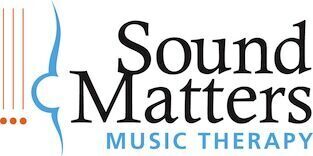Several of the clients I see have autism. Some use speech to communicate, others do not. Some find the ability to express their needs through various gestures, some sign language, and other physical indications; others do not. Some of them have a combination of verbal and physical communication. Most of my clients with autism, however, find ways to express themselves within and through a musical medium.
By providing a client with a variety of instruments, both melodic and rhythmic, I find that I can notice a trend in the way he or she plays an instrument. Choosing melodic over rhythmic might give me some insight into a client’s emotional state; perhaps this client is feeling a need to explore different sounds within this timbre. Maybe he has more expressive tendencies at this time that only a melodic instrument can allow. If the client is playing in a very high register, I might believe that he is expressing happiness; in a low register, maybe the client feels sluggish or down. I may interpret the choice of a rhythmic instrument in a variety of other ways. When the client plays with staccato strikes, I might believe he is angry or frustrated. If the client’s tempo is quick, with light strikes, I may think he is feeling anxious or scared.
The information that is relayed through music will usually facilitate a better understanding on my part of a client’s emotional state. Musical conversations can at times ensue, but other times a client might need to simply vent to me. My job is to absorb all of this information and find the best way to validate and support this musical expression, and continue to do so throughout all of the transitions and various challenges my clients might face.
